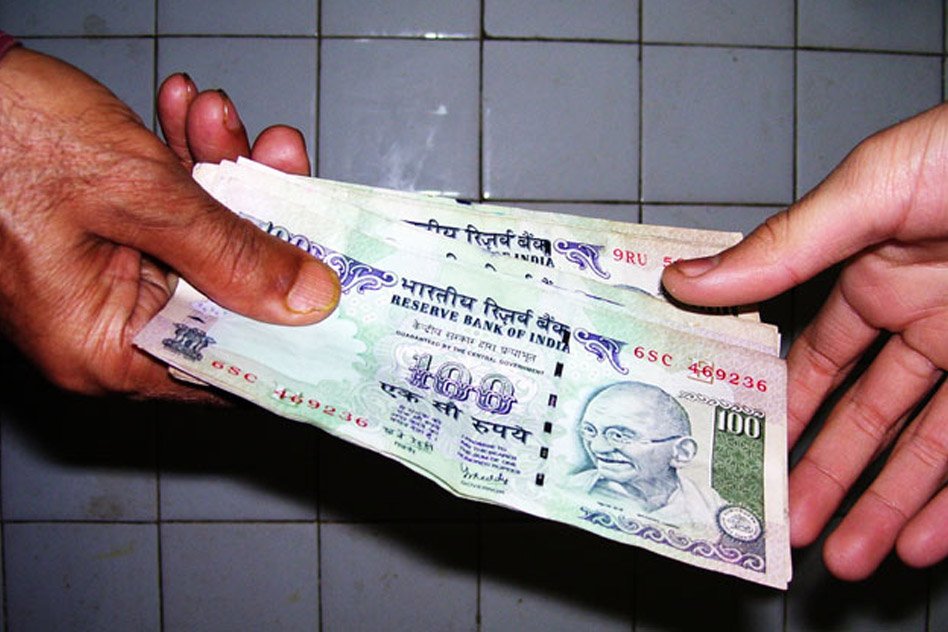
7 Out Of 10 Indians Have Paid Bribe; India Has Highest Bribery Rate Among 16 Asia Pacific Countries
8 March 2017 4:58 AM GMT
According to the latest findings of Transparency International, India had the highest rate of bribery among the 16 Asia Pacific countries.
The report reads that seven out of ten Indians had paid a bribe while accessing public services. In contrast, only 0.2% of the respondents from Japan reported paying a bribe.
However, the only good news for India is that over half of the respondents from our country were positive about the government’s efforts to fight bribery. Though, more than 40% respondents said corruption had increased over the past twelve months. About 63% of the respondents felt that they had the power to battle corruption.
The Global Corruption Barometer for the Asia Pacific Region was released by Transparency International (TI) – an anti-corruption global civil society organisation, at the stroke of one minute past midnight on March 7, in Berlin.
The report suggests that over one in four people — 90 crores — across 16 countries of the Asia Pacific, including India and China, have paid a bribe to access public services.
In the report, People and Corruption: Asia Pacific, part of the Global Corruption Barometer series, Transparency International spoke to nearly 22,000 individuals in these countries about their recent experiences with corruption.
India’s position was followed by Vietnam where around 65% of the respondents had paid a bribe while accessing public services.
Among all the respondents from Asia Pacific, 22% believed corruption had decreased, while 40% (41% in India) were of the belief that corruption was on the rise.
The Transparency International focused on bribes paid for six key public services — public schools, public hospitals, official documents (such as identification card, voter’s card), public utility services, the police and courts.
In India, the respondents reported the highest bribery incident in procuring public healthcare services and even identification related documents. Almost 59% of the respondents had paid a bribe for such services. Bribes paid for education were next on the list with 58% having reported doing so.
In countries like India, Pakistan and Thailand, it was the economically weaker sections which had to bear the brunt of corruption and pay bribes. 73% of those who paid a bribe in India were from the poorer section of society, in Pakistan and Thailand this percentage was 64% and 46% respectively.
However, in China, the reverse trend was found where the richer sections were more likely to pay a bribe to get quicker or better quality of services.
In an interview with Times of India, Ilham Mohamed, the regional coordinator of South Asia and Mongolia at Transparency International, said, “At the state level, anti-corruption policies must be focussed on catering to the poor. Uniform best practices for state level Lokayukta must be agreed upon, and any overlaps with other law enforcement agencies must be resolved at the earliest.”
She added that at the national level, “India needs to urgently align its foreign bribery laws with its UNCAC (United Nations Convention against Corruption) obligations. Signing OECD anti-bribery commission is key in this process. The legal infrastructure for public procurement in India falls under the remit of the General Financial Rules. TI recommends that a national procurement law that incorporates international best practices including debarment, appeal processes and a review processes be enacted. This will substantially reduce fraud in public contracting which will, in turn, affect the quality of public service delivery. For grand corruption, a key step would be to set up effective enabling regulations and institutions for the Lokpal.”
Strong laws and measures should be brought into force to curb corruption at such greater scale.
 All section
All section













